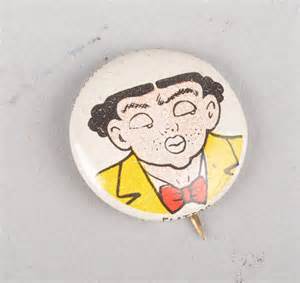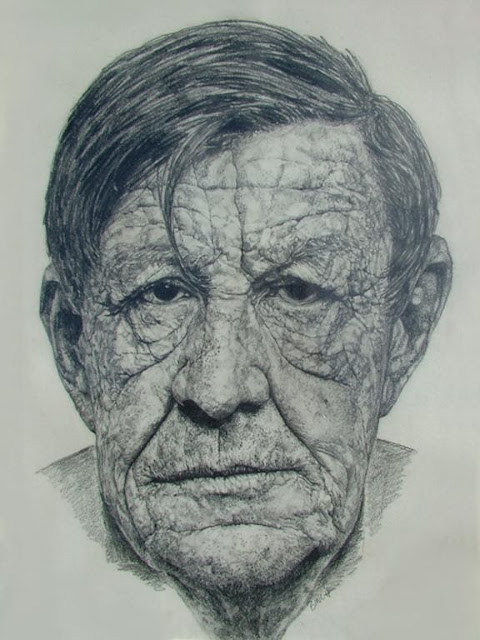In a minute I'll reveal to you the design that the auto industry has obviously picked for the official design motif of the future.
I have to caution you not to make cat calls or stomp on the floor if you discover that your favorite design wasn't chosen. This is a dignified presentation that showcases the talent and wisdom of the best automotive minds of our time. By our good behavior, let us show our gratitude to them for sharing with us.
Among the readers who may be disappointed are the tail fin afficianados.
As a Wally Wood fan I myself fall into that category. Wood defined the future for me, and it included cars that looked like rockets. Woodians like me believe that everything needs tail fins, even a glass of milk.
I have to say though, that I wouldn't have been disappointed if the winner had been the aerodynamic bedroom slipper look that's been around since "Blade Runner." You can't deny this look has plenty of cool factor.
Steam Punk fans no doubt would have preferred the Batmobile look. That wouldn't have been a bad choice either...hey, I love Batman!
But...the car makers have made their final decision and it doesn't include tail fins, aerodynamics, or the Batmobile look.
The car of the future won't look like a rocket, a slipper, or something Captain Nemo would have driven.
It's time to reveal what it will look like....
....are you ready for this?....
It'll look like (drumroll, please)....
.....like.........
....like.......
....like.........
....like.....
...like a KLEENEX BOX!
There it is, in all its stupid splendor! It's interesting, isn't it? It kinda makes you want to pull a Kleenex out of the top and blow your nose, doesn't it?
All the big companies have versions of the Kleenex box: Toyota, Nissan, Honda, Kia and even Chevrolet. They have numerical model names like: The BB and the Xs. I suggest names like The Blandie, The Ugletta, and The Stupido.
What imaginative shapes! What bold, romantic detailing!
For those seeking an upscale Kleenex Box there's the VIP model of the Nissan Cube. What luxury! Our cups truly runneth over!
The fashion industry has already supplied us with the ideal wear (above) for the driver of such a car.
Will the box justify the Kleenex peoples' expectations? Probably...there's a kazillion boxy cars on the street right now, and the number grows every day. There is a competing trend, though. That's the tiger-eyed, snub-nosed, bulldozer front that you see on some cars now. It takes getting used to, but I think some will prefer it to the box.
*****************
To The G.I.s in Iraq and Afghanistan.......Happy Fourth of July, and thanks for sacrificing so that people like me can be free!
























































